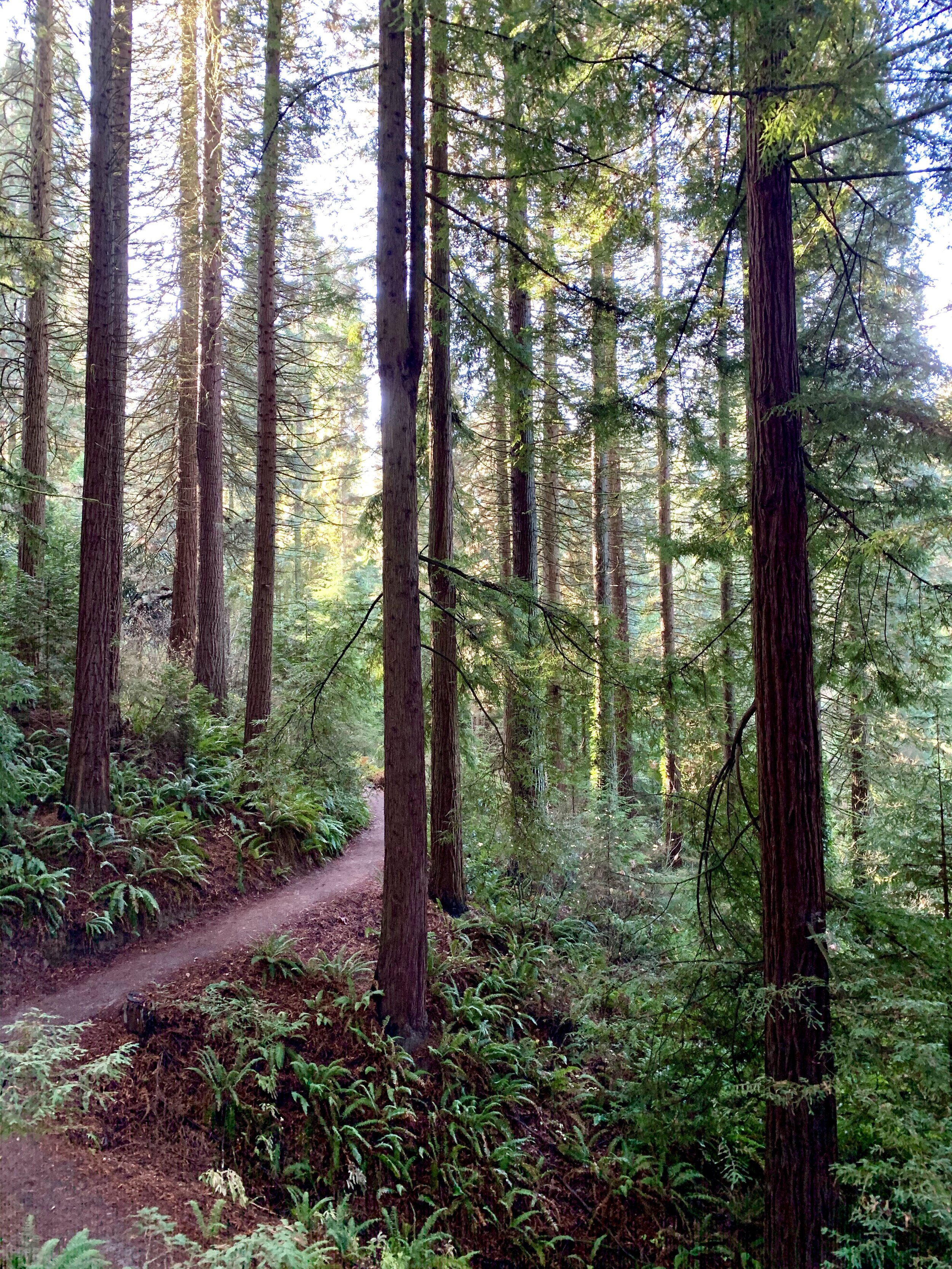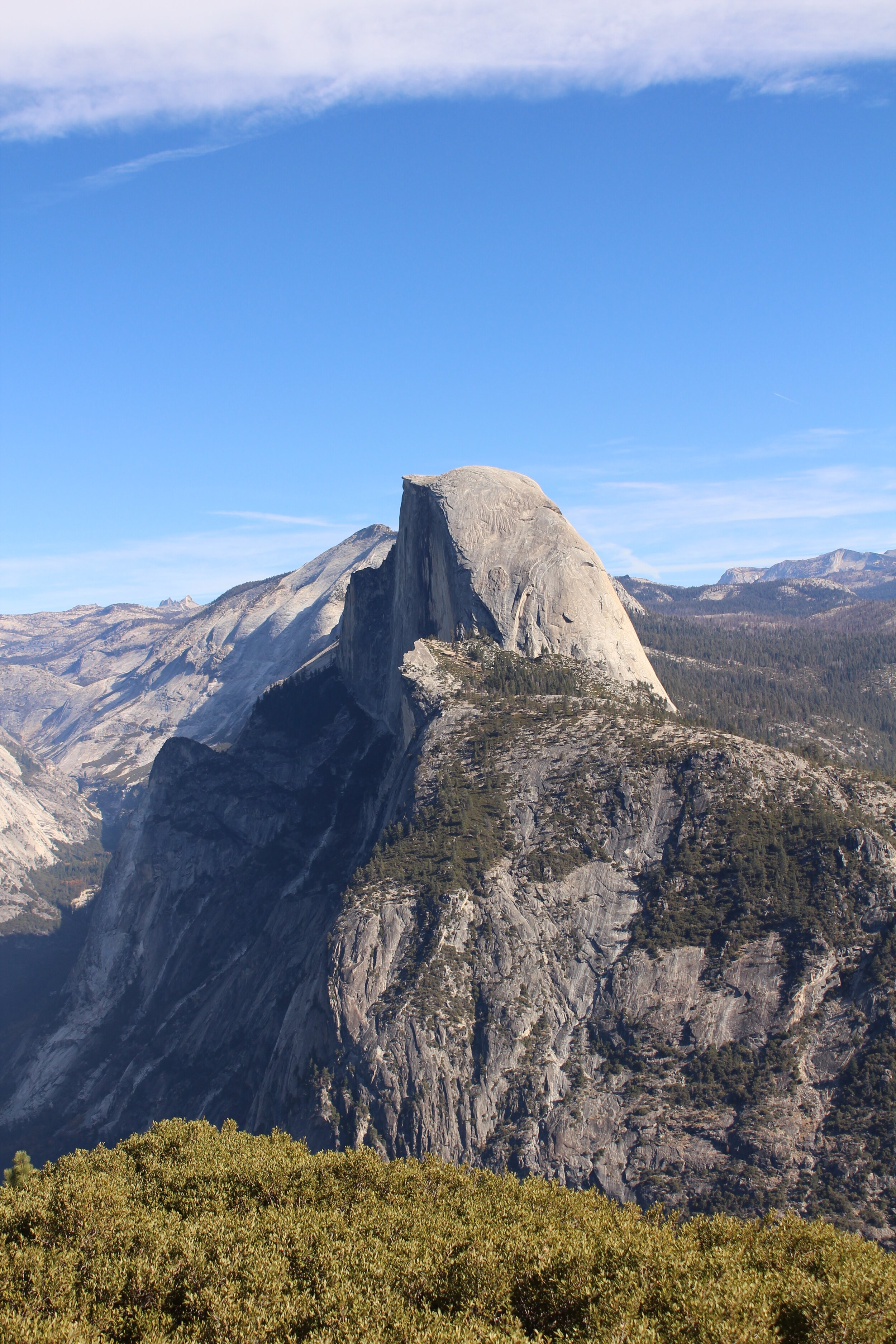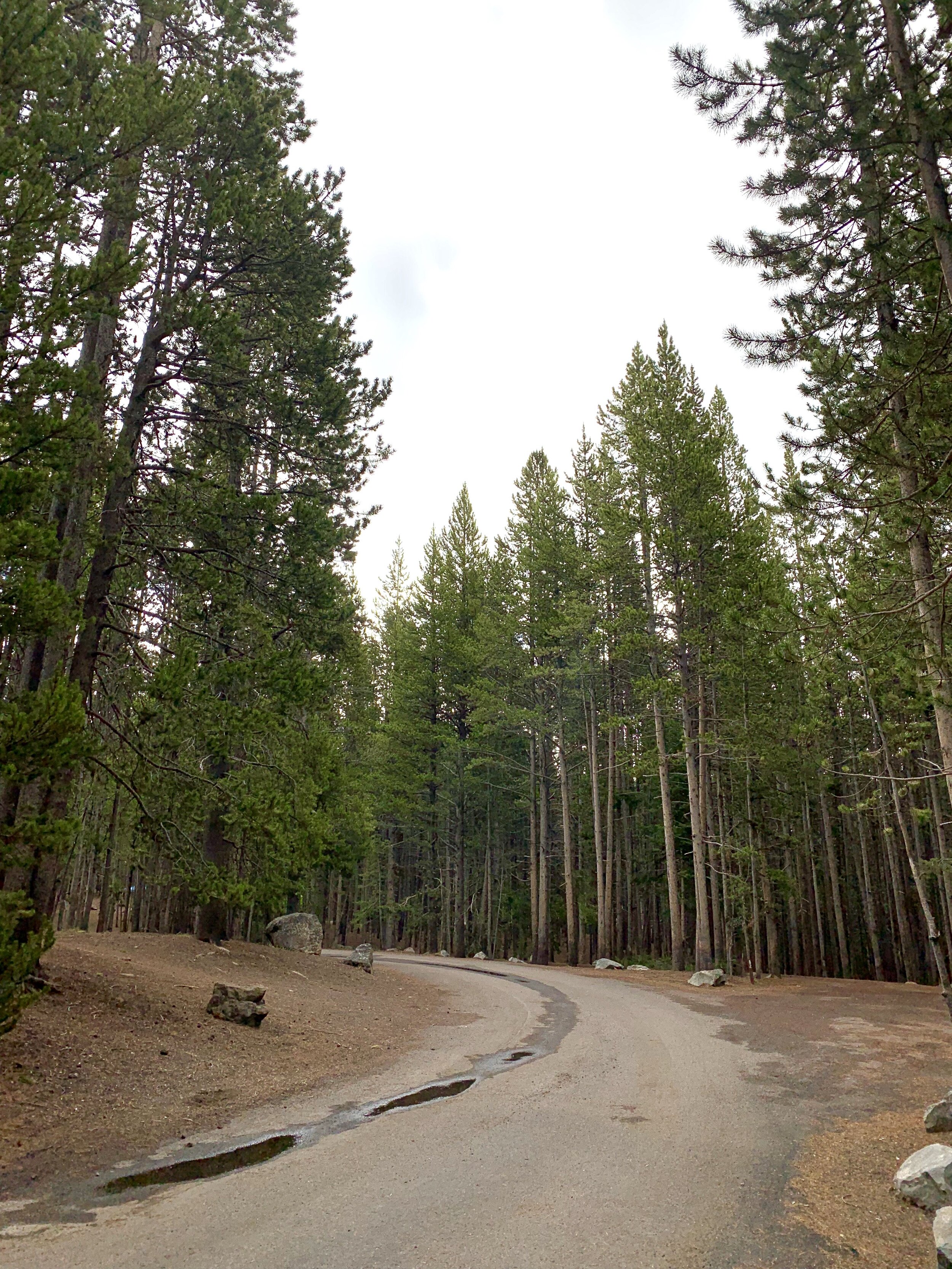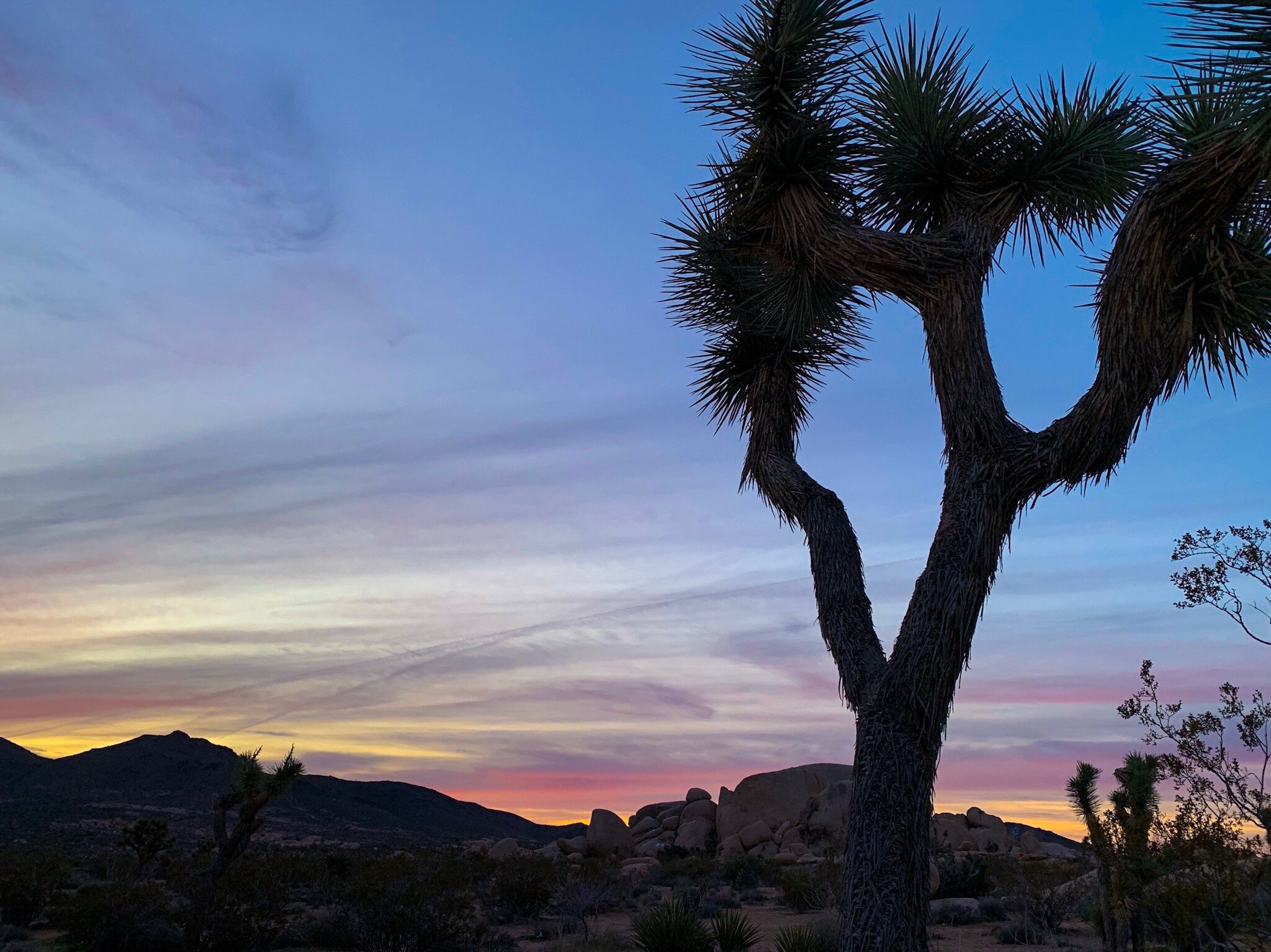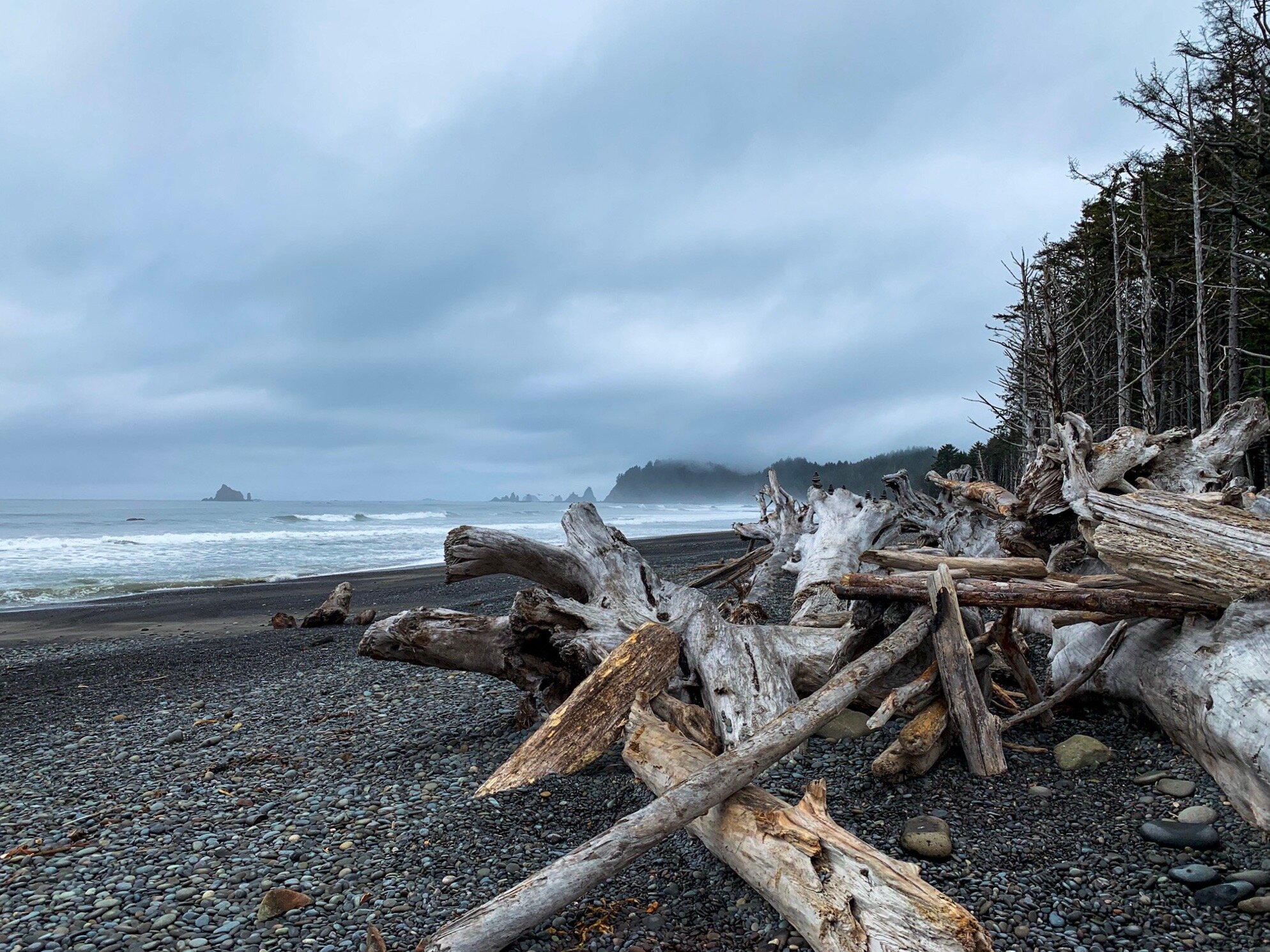I’ve seen a lot of lakes in my travels, to the point where I started jokingly calling my Instagram “bodies of water I find.” Lakes are everywhere in the US, especially the northern US, and the mountains are full of them. While I visited so many, and stayed waterfront on a lot of them thanks to some vanlife secrets, there are some that stand out to me as the prettiest I’ve seen this year.
I grew up visiting Big Bear Mountain during the winters and going to summer camp near Lake Arrowhead. Back then, lakes were no big deal, but now that my connection with nature is as its strongest, lakes have truly become a special type of oasis for me.
There are too many to name my favorites of all time, but most of these would make that list too. So, in no particular order, here are my favorite lakes I visited in 2019, and why you should visit in 2020.
Grinnell Lake, Glacier National Park, MT
Crater Lake
Since Oregon’s on the mind lately, this one made sense to start the list off. Crater Lake is the country’s deepest lake. At almost 2,000 feet deep, it is a dark blue color most of the year and has an island on one side called Wizard Island. Crater Lake is a National Park with two campgrounds, tons of hiking opportunities, and awesome wildlife. It was incredibly cold when I was there though, so make sure you have a 0 degree sleeping bag handy!
Me at Crater Lake National Park, OR
Jenny Lake
Jenny Lake is the famous lake of Grand Teton National Park, WY. Jenny Lake is about 7 miles around, and is home to the most popular campground in the park (walk up only, so make sure you’ve got your tent camping gear ready). Hiking around Jenny Lake is an amazing experience that completely blew me away. You get pretty constant views of the Tetons, and the chance to hike up to Inspiration Point. There’s a waterfall a few miles into the trail, and tons of chance to see wildlife. Just remember, this is grizzly country!
Jenny Lake, Grand Teton National Park, WY
Lake Ontario
Lake Ontario feels a bit like the ocean to me, which is why it’s so spectacular! It was the first of the Great Lakes I’d ever seen, and it’s so huge it creates its own weather patterns. You can’t see the other side (hello, Canada!), and it’s a bit offputting if you’re used to the ocean, because it doesn’t smell like salt. But really, any of the Great Lakes is a good bet for some stunning beauty!
Lake Ontario, as seen from Upstate NY
Lake Crescent
I got to camp in the Lake Crescent area of Olympic National Park for two nights, and it was awesome. Right from Fairholme campground, you can take a little walk down to the boat dock to relax by the lake, and it’s truly so beautiful. There’s a special type of calm around this lake. Even if you don’t stay, the drive by the lake is supposedly one of the prettiest in the state.
Be careful though! This is apparently the only section of Olympic National Park where there is Poison Ivy.
Lake Crescent, Olympic National Park, WA
Sterling Pond
Okay, it’s a pond, not a lake, but wow it is so beautiful. Sterling Pond is located at the peak of the Sterling Pond Trail in Smuggler’s Notch State Park, VT. It’s a super tough, almost vertical 2 miles total trail, but the views from the top are phenomenal. This is also one of the only dog friendly spots on this list, so definitely check it out, and get there early! The parking fills up fast!
Sterling Pond, Smuggler’s Notch State Park, VT
Walden Pond
Speaking of ponds, this one is actually a lake! It’s just called a pond. Walden Pond is located in a little park in Massachusetts, and it’s the place where Henry David Thoreau wrote his famous book Walden while he was living in solitude out in the woods by choice (hm, sounds familiar). Walden Pond is super beautiful, but has been modernized over the years. There are now lifeguards and admission fees, but as long as the weather’s good, it’s guaranteed to give you a great day by the water.
Walden Pond, MA
Lake Kabetogama
Lake Kabetogama is located within Voyageurs National Park in Minnesota. I’ve talked about Voyageurs a couple times, as it’s a place that made a huge impact on me while I was traveling this summer. Not only is the place incredibly beautiful, but it’s a super powerful feeling to look across the lake and see Canada. Sure, you know Canada’s on the other side of Lake Ontario, but you can’t see it like you can here. Lake Kabetogama is available for boating, SUPing, kayaking, and everything else you can think of, and you can catch views of it from most of the park’s hiking trails.
Me at Lake Kabetogama, Voyageurs National Park, MN where I finally felt like I’d accomplished something after visiting 43 states at this point in the summer.
The lakes of Glacier National Park
Now, all of these have to be on here, and they also aren’t even close to all of the lakes in the park. But since Glacier National Park is my current favorite place on Earth, it had to take the cake on this one. I got to stay in Rising Sun Campground, which is one of my favorite campgrounds ever. Rising Sun is basically right across the street from Saint Mary Lake, which provides some of the first views you’ll get of the park’s stunning mountains. I passed by this lake many times while in Glacier, and spotted so much wildlife in the area, including black bears.
Saint Mary Lake in Glacier National Park, MT
Next up on this little Glacier section is Hidden Lake. Hidden Lake is located right behind the Logan Pass visitor center, and it’s a short, yet tough little hike to the overlook. The actual trail to the lake itself was closed when I was there due to bear activity, but the overlook was stunning and gave me my first mountain goat experience.
Now, my absolute favorite lake on this entire list is Grinnell Lake, which you might recognize from the home page. Grinnell Lake is a glacial lake of icy, bright blue water that’s melted off the still melting glacier. You can only reach Grinnell Lake at the peak of a 13 mile total (out and back) hike up a grueling mountain, but it is oh, so worth it.
Hidden Lake from the Hidden Lake Overlook, Glacier National Park, MT
While the ocean will always have my heart, lakes are a good middle ground when I’m land locked (or not!). The US has some amazing hidden gems, which can really map out the geology of the country for you. From the deepest lake in the states to ones of melting glacial water, get ready to relax next to the water, and add these to your itinerary for 2020.
To learn more about each of these destinations, check out my ebook, Around the States in 90 Days. Here, you’ll learn how it’s possible to drive to each of the continental 48 in one summer, and cross all of these lakes and more off your list in just 3 months. Check it out HERE!















